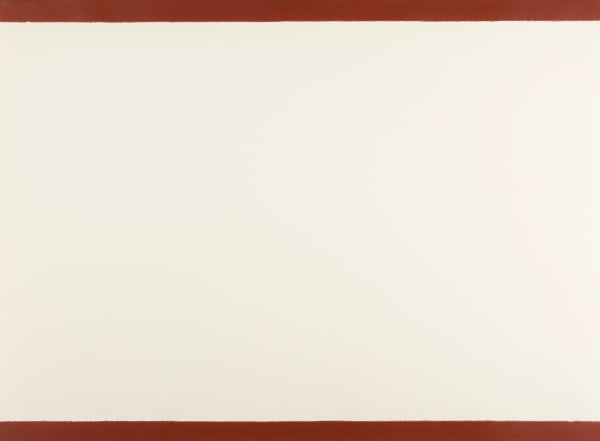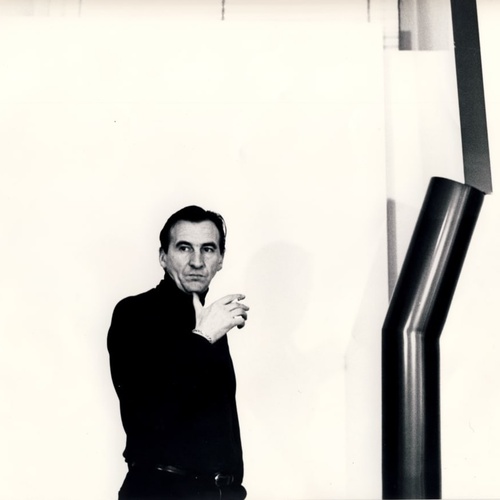William Turnbull Art for Sale1922-2012
William Turnbull was born in 1922 in Dundee to John Turnbull and Anne Turnbull. Fascinated by art from an early age, Turnbull initially learned to draw by copying illustrations from magazines.
When his father lost his job as a shipyard engineer during the Great Depression a 15 year old Turnbull was forced to leave school and find part-time work, first as a laborer and then painting film posters. He began attending an evening drawing class at Dundee University where he was taught by landscape artist James Mcintosh Patrick and illustrator Fred Mould.
After the end of the war, Turnbull enrolled at The Slade art school in London in the painting department, but he found the limited view of art and the narrow approach to technical matters not to his liking. At the time The Slade championed a nostalgic and naturalistic neo-Romanticism and was suspicious of the European Impressionist and post-Impressionist that Turnbull had come to regard as valid and direct. Being older and more experienced than the rest of the students, he was not impressed or overawed by his tutors and did not change his opinions. He became disillusioned with the painting course and transferred to the sculpture department. It was in the sculpture department that he met Eduardo Paolozzi and Nigel Henderson, who shared his interest in contemporary Continental modernist art. As he became increasingly disillusioned by the attitudes at The Slade, he relocated to Paris in 1948.
In 1950 Turnbull had a joint exhibition with Paolozzi at the Hanover Gallery in London which was curated by David Sylvester. He returned to Paris but by the end of the year, having run out of money and unable to find a way to survive, Turnbull was forced to return to London where he took up residence. Times were hard and he was forced to take a part-time job working the night shift at a Lyons ice cream factory.
In 1952, he was included in the Young Sculptors exhibition at the Institute of Contemporary Arts (ICA) which had become the focal point for new art in London. Turnbull, along with Paolozzi and Richard Hamilton and others, became a member of the Independent Group, a splinter group within the ICA which became an important forum for discussion and debate. The Independent Group has been cited as a progenitor of Pop Art.
Turnbull married the Singaporean artist Kim Lim and in 1962 he traveled to Japan, Cambodia, and Lim's native Singapore. A series of totemic sculptures followed which were inspired by the religious sites he visited in these travels. Around this time he began teaching sculpture at the Central School of Art. Having learned to weld in the foundry he created there with colleague Brian Wall , Turnbull began to work with stainless steel, a medium he would continue to work with for the next eight years.
In 1967 the artist began to work with perspex and fiberglass, materials he valued for their reflective quality and transparency. In 1973, Turnbull had a major retrospective exhibition at the Tate Gallery which was curated by Richard Morphet. Seeing all his work placed together like this in a single exhibition caused Turnbull to rethink the direction of his work and he began to move away from the steel and more modular sculptures he had been creating and began a return to the more molded, textured work of his early career.
Turnbull subsequently exhibited at the Whitechapel Gallery, and had retrospectives at both the Serpentine and at Yorkshire Sculpture Park, as well as numerous prestigious oversees exhibitions and a survey exhibition at the Tate's Duveen Hall in 2006. He later had a show at Waddington Galleries which featured previously unseen paintings and sculpture. His work is included in numerous public and private collections, including Deutsche Bank and David Bowie.





